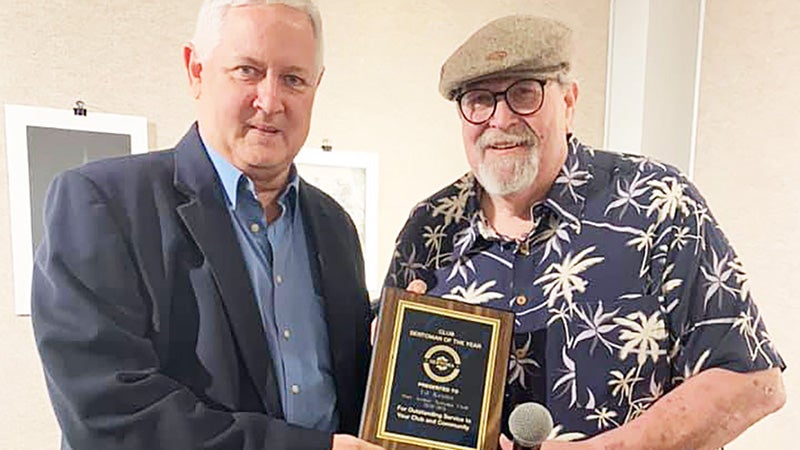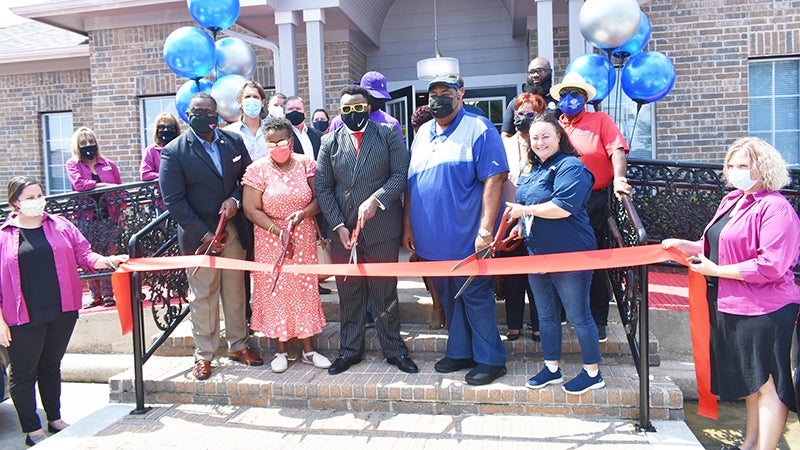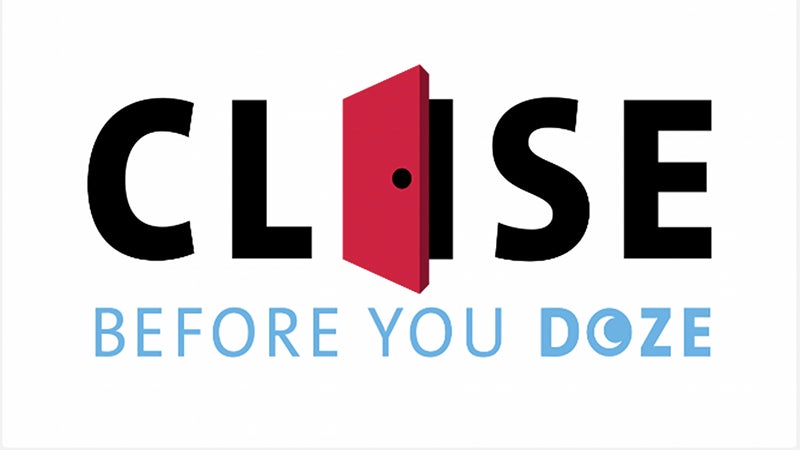HEALTY LIVING: Your fitness routine, no pain – good thing
Published 11:21 pm Wednesday, January 27, 2016
You work out regularly to keep in shape. Or, you are new to the work out lifestyle and you are hitting the gym hard. But all of that exercise can cause soreness and stiffness that shows up a day or two later. Don’t get sidelined by muscle pain. Find out the causes and treatments so you can stay on your game.
It’s normal to have sore muscles after you work out, play sports, or even do housework, especially if:
You did something you’re not used to, like running a marathon when you normally jog just a few miles.
You suddenly kicked up your exercise intensity level or increased the length of your workout.
You did unusual exercises that lengthen instead of shorten your muscle, like walking downhill or extending your arm during a bicep curl.
These changes to your exercise routine can lead to tiny injuries in your muscle fibers and connective tissue. About a day later, you’ll start to feel sore. It peaks within about 48 hours, and then it will gradually get better. The good news is that when you do the same activity again, your muscles will start to get used to it. You will actually have no soreness or less soreness because now you’ve strengthened the muscle or connective tissue.
When your joints feel sore and achy, that’s usually a sign of osteoarthritis. This inflammatory condition becomes more common as you get older. The cartilage that normally cushions the joints wears away, leaving the joints inflamed and painful. Joint pain can also be caused by overuse or injury, for example, tennis elbow or a knee injury caused by problem with a ligament or meniscus. Ligaments are bands of tissue that connect bones in your body. A meniscus is a rubbery disc that cushions your knee.
One big question a lot of people have when they’re nursing sore muscles is whether to use heat or ice. Experts say indirect ice – an ice pack wrapped in a thin towel – is best for immediate relief. Heat will feel good while it’s on, but it’s not going to lessen the damage or make it go away anytime soon. Ice the sore area right after the activity to cut inflammation. Then use heat later to increase blood flow to the area. Heat also can help relieve joint pain. If you get sore muscles once in a while, you can take acetaminophen (Tylenol) or a nonsteroidal anti-inflammatory drug (NSAID) like aspirin, ibuprofen (Advil, Motrin), or naproxen (Aleve) to help ease the discomfort. Just be cautious about using NSAIDs regularly. Long-term use can interfere with your muscle’s ability to repair itself. Ask your doctor for their best advice on this.
Check with your doctor or pharmacist about any interactions these over-the-counter drugs may have with other medications you take. Also, you may need to avoid some medications if you have ulcers, kidney disease, liver disease, or other conditions.
Sometimes soothing sore muscles requires more than an ice pack or over-the-counter pain reliever. Muscle pain that comes on quickly and feels intense is a sign that you’ve injured yourself. Call your doctor if your pain is severe or lasts for more than a few days.
Experts used to recommend stretching before a workout to prevent sore muscles. But research shows that stretching ahead of time doesn’t do much to prevent soreness or injury. It’s better to get in a good warm-up before you exercise. Stretch later, when your muscles are already warm.
A couple of natural substances are touted for preventing sore muscles, including antioxidants like vitamin C. But check with your doctor before taking high doses of any vitamin. Serious exercisers might find relief from post-workout soreness by taking in some protein. A study of marines found that protein supplements helped sore muscles after intense exercise. Start off with lighter exercise and gradually build up.
When you have joint pain, you may be tempted to curl up in bed. One of the best things you can do for your joints, though, is to exercise. Our joints need to move to get nutrition. Weight-bearing exercises can help strengthen the muscles that support the joint. Just watch that you don’t exercise to the point of pain.
It also can help to work with a personal trainer, who can show you how to exercise safely and how to keep good posture so that you don’t get injured or worsen joint pain. They can help you find an exercise routine that’s safe and effective for you.
So, keep moving, pay attention to what your body is telling you, and stay healthy my friends.
Jody Holton is marketing director of the YMCA of Southeast Texas. Contact her at jholton@ymca@setx.org.





